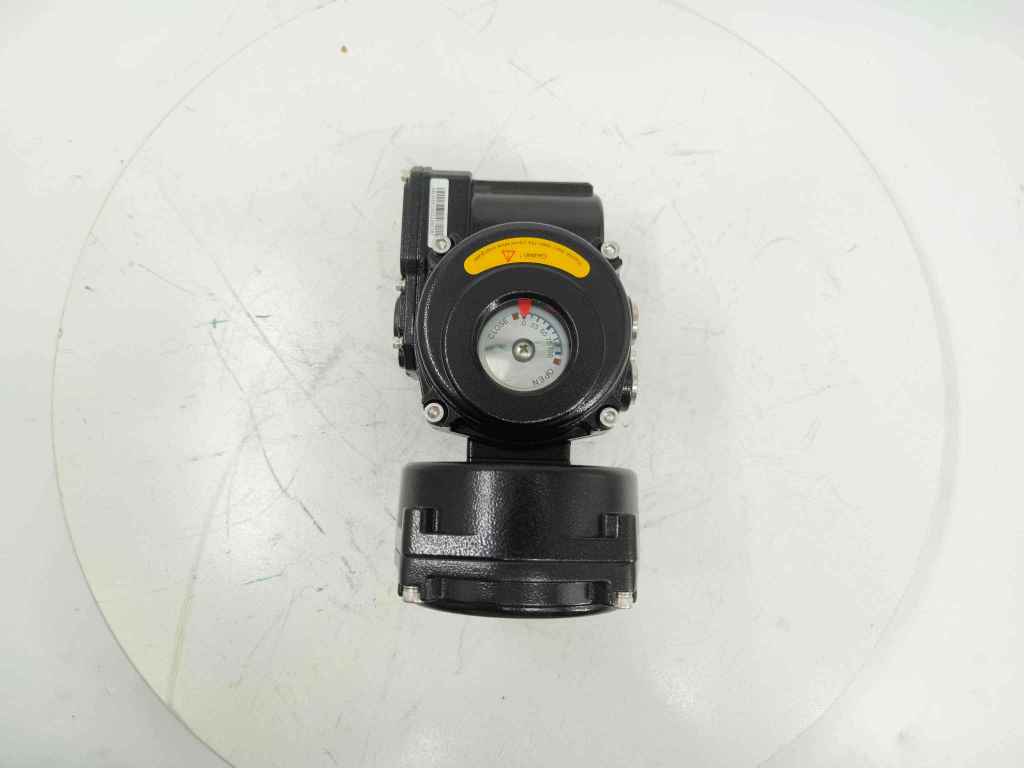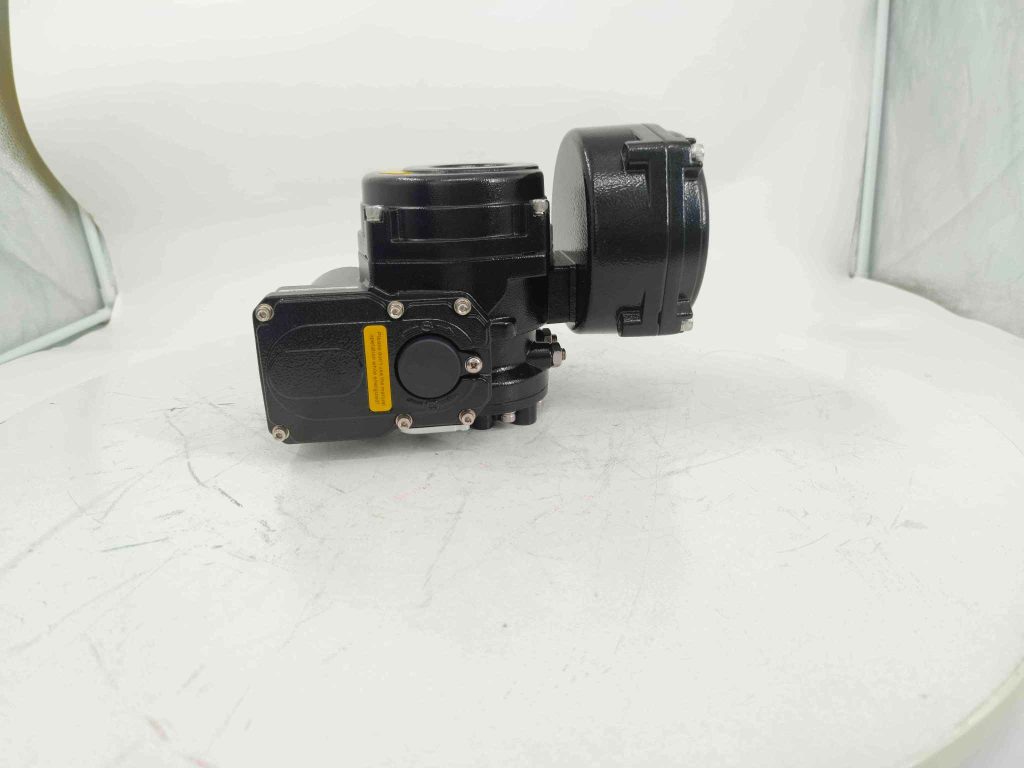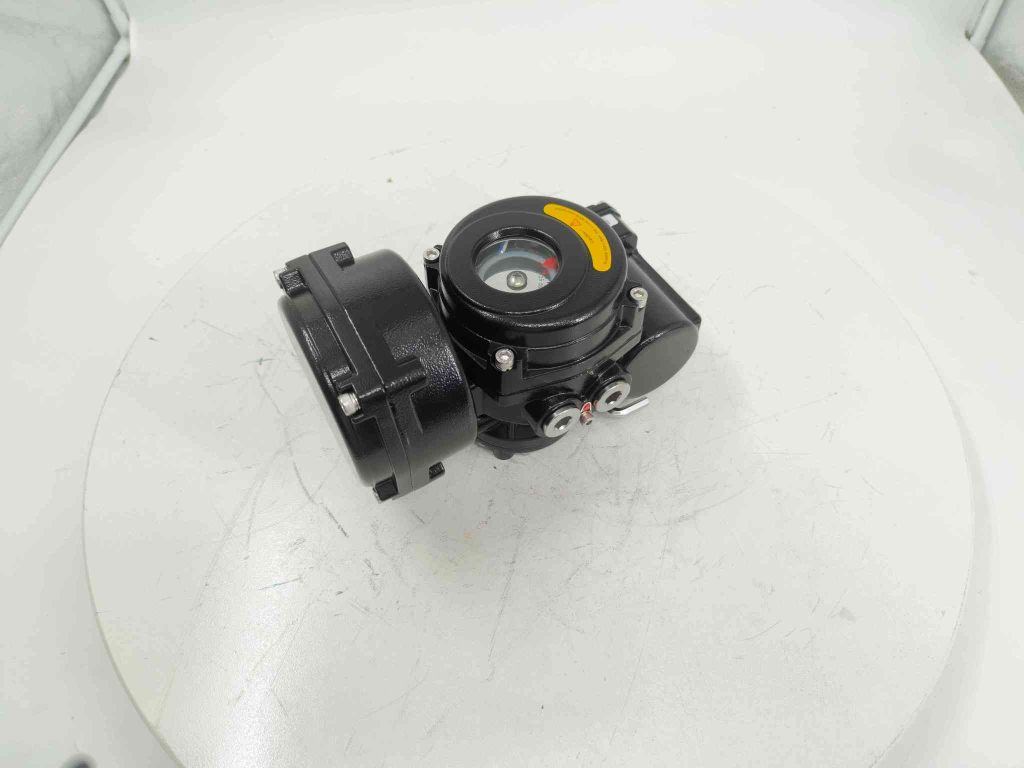In today’s industrial landscape, safety and reliability are of utmost importance, especially in environments where hazardous materials are present. One pivotal component that ensures operational stability and safety is the explosion-proof electric actuator. These devices play a critical role in the automation of valves, dampers, and various other applications, where the potential for explosive atmospheres is present. This article delves into the importance, functioning, and applications of explosion-proof electric actuators in enhancing safety and efficiency in industrial operations.

Understanding Explosion-Proof Electric Actuators

Explosion-proof electric actuators are specifically designed to operate in environments classified as hazardous due to the presence of flammable gases, vapors, or dust. The term “explosion-proof” refers to the actuator’s ability to contain any internal explosion resulting from electrical sparks or faults, thereby preventing ignition of the surrounding atmosphere. These actuators are constructed using robust materials and are meticulously engineered to meet stringent safety standards, ensuring they can withstand extreme conditions. The Working Mechanism At the core of an explosion-proof electric actuator is an electric motor that converts electrical energy into mechanical motion. This motion is harnessed to open or close a valve or operate machinery. The actuator’s housing is designed to be airtight, which prevents any flammable gases from entering and igniting in the event of an internal failure. Additionally, many explosion-proof actuators are equipped with advanced features such as position feedback and controls, allowing for precise operations and monitoring.
